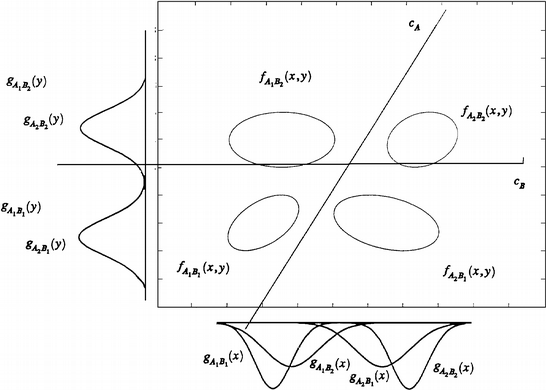The Math Behind Managing Mortgage Risk
Post on: 26 Июнь, 2015 No Comment

To reduce the interest-rate risk inherent in mortgage lending, be sure to evaluate the efficiencies of selling loans, leveraging or hedging.
For credit unions, mortgage loans can really add up. They have always been a major product offering for members – popular with most credit unions, but one that comes with a certain amount of risk. Historically, credit unions have taken the most simplistic route to reduce this risk by selling these loans. However, as the economic environment continues to become ever more unpredictable, this “most simplistic route” may not be the most prudent.
To reduce the interest-rate risk inherent in mortgage lending, the options most available to credit unions are selling loans, leveraging or hedging. While all three options have numerous factors to be considered, one of the most important is evaluating their efficiencies.
Option 1: Selling loans
To measure the cost of selling mortgages, first determine the yield give-up in the trade. Yield give-up is derived by subtracting the return on the loan proceeds investment from the yield of the loans sold. The impact to return on assets (ROA) will equate to mortgages sold times yield give-up. The term of this trade is indefinite and the net effect is lower ROA with increased liquidity. Asset duration would decrease, thereby reducing risk with no change to assets.
Option 2: Leveraging
When measuring the cost of leveraging, derive the spread difference of the borrow cost and the invested proceeds. Then, multiply the spread difference by the amount borrowed. The result is an annual cost increased by the term of the borrowing. The net effect is a drop in ROA as liquidity increases. This trade increases liability duration, which lessens the mismatch in asset/liability duration. And, in turn, this reduction reduces risk with an increase in total assets.
Option 3: Hedging derivatives
Hedging, specifically using derivatives, comes in multiple structures. Derivatives are contractual arrangements that, when used as hedges, can be expected to generate gains concurrently with losses being realized in your underlying business. Below are three types of derivatives available to credit unions:
Interest-rate Swaps. A swap, a forward-type derivative, is a contract in which one party will pay a fixed rate and receive a floating rate with a counterparty for a predetermined period of time. The cost of the swap is the spread difference in the fixed rate paid and the floating rate received, times the swap amount. The result is an annual rate, subject to change with rate movements, over a set term. The net effect is an initial drop in ROA with no changes in liquidity or assets. This trade synthetically converts fixed-rate mortgages into floating-rate mortgages, thereby reducing risk.
Swaptions. A swaption, an option-type derivative, is a paid premium for the right to enter into a swap on a pre-determined date over a set term. The cost is the premium paid and is used like insurance against rising rates. The net effect is a drop in ROA, slight declines in liquidity and no asset change. The derivative has negative effective duration, which decreases asset duration, thus, reducing risk.
Caps. A cap, an option-type derivative, is a contract requiring a paid premium to receive cash flow when interest rates exceed a set cap rate over a defined term. The cost is the premium, which is amortized over the term of the cap. The net effect is a drop in ROA, slight liquidity decline and no change in assets. A cap has negative effective duration, which results in risk reduction.
It is important to measure the economic impact of each type of transaction to ensure proper decisions are made. Other balance-sheet issues, such as available lines of credit or capital ratios, must also be considered.
Of course, when setting your credit union’s mortgage-risk strategy, additional analysis is needed beyond a review of the selling, leveraging and hedging efficiencies. But given the success of mortgage products at most credit unions, a careful evaluation of your mortgage program is the right answer when it comes to managing risk.
For more information on managing your credit union’s portfolio risk, as well as information on investment strategies, please contact Angela Calvert at ALM First Financial Advisors, (800) 752-4628, or visit www.almfirst.com.
​
This sponsored content article is provided to the credit union community for shared insights and knowledge from a recognized solutions provider in the industry. Please note that the views and opinions offered here do not reflect those of Callahan & Associates, and Callahan does not endorse vendors or the solutions they offer.
If you are interested in contributing an article on CreditUnions.com, please contact our Callahan Media team at ads@creditunions.com or 1-800-446-7453.














